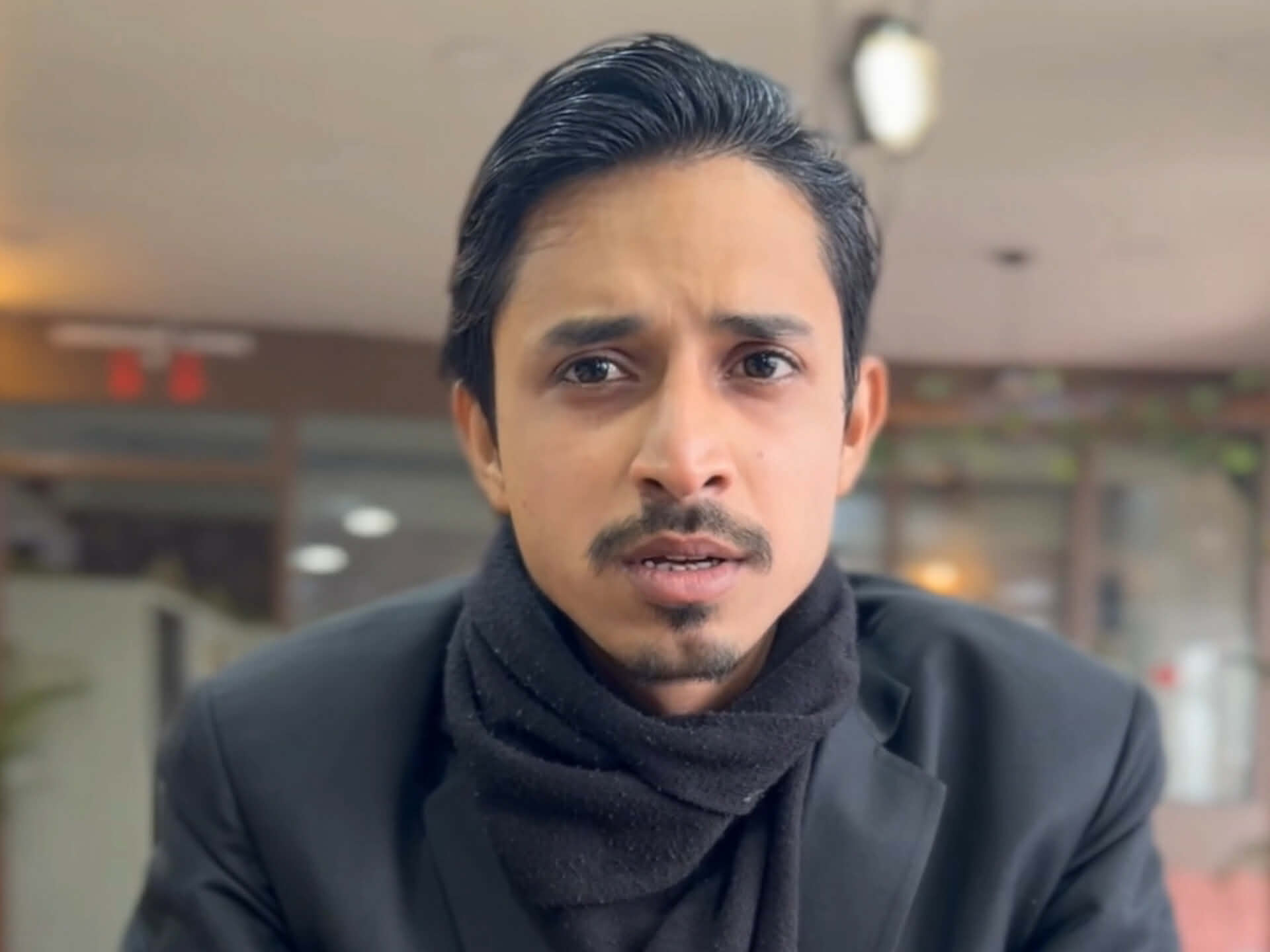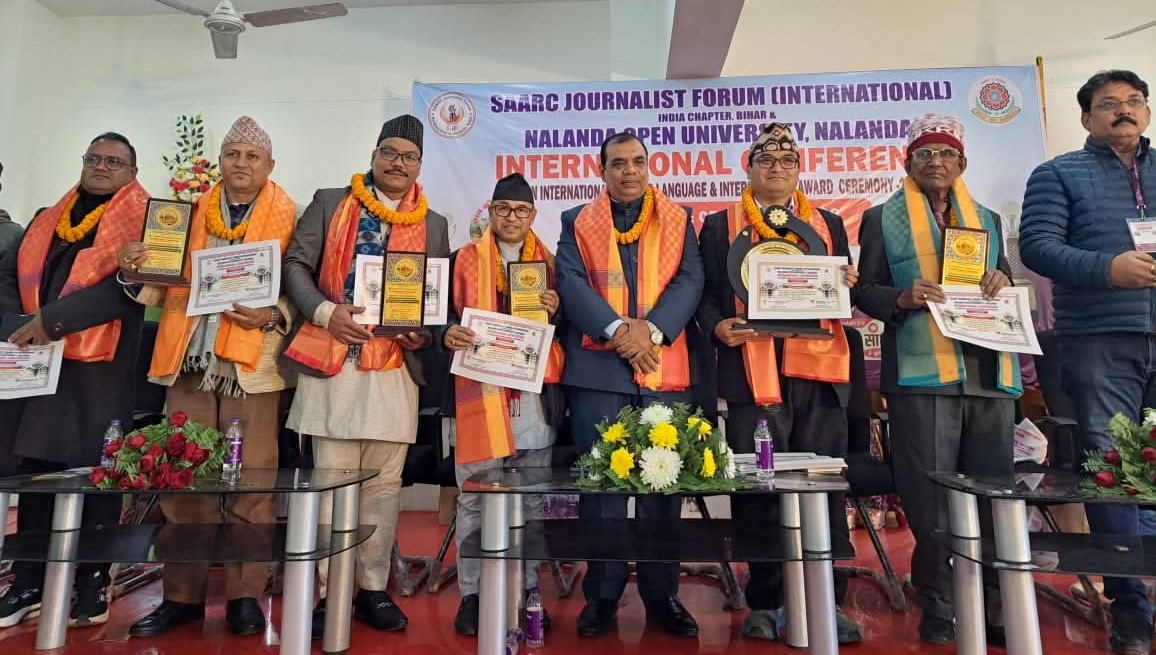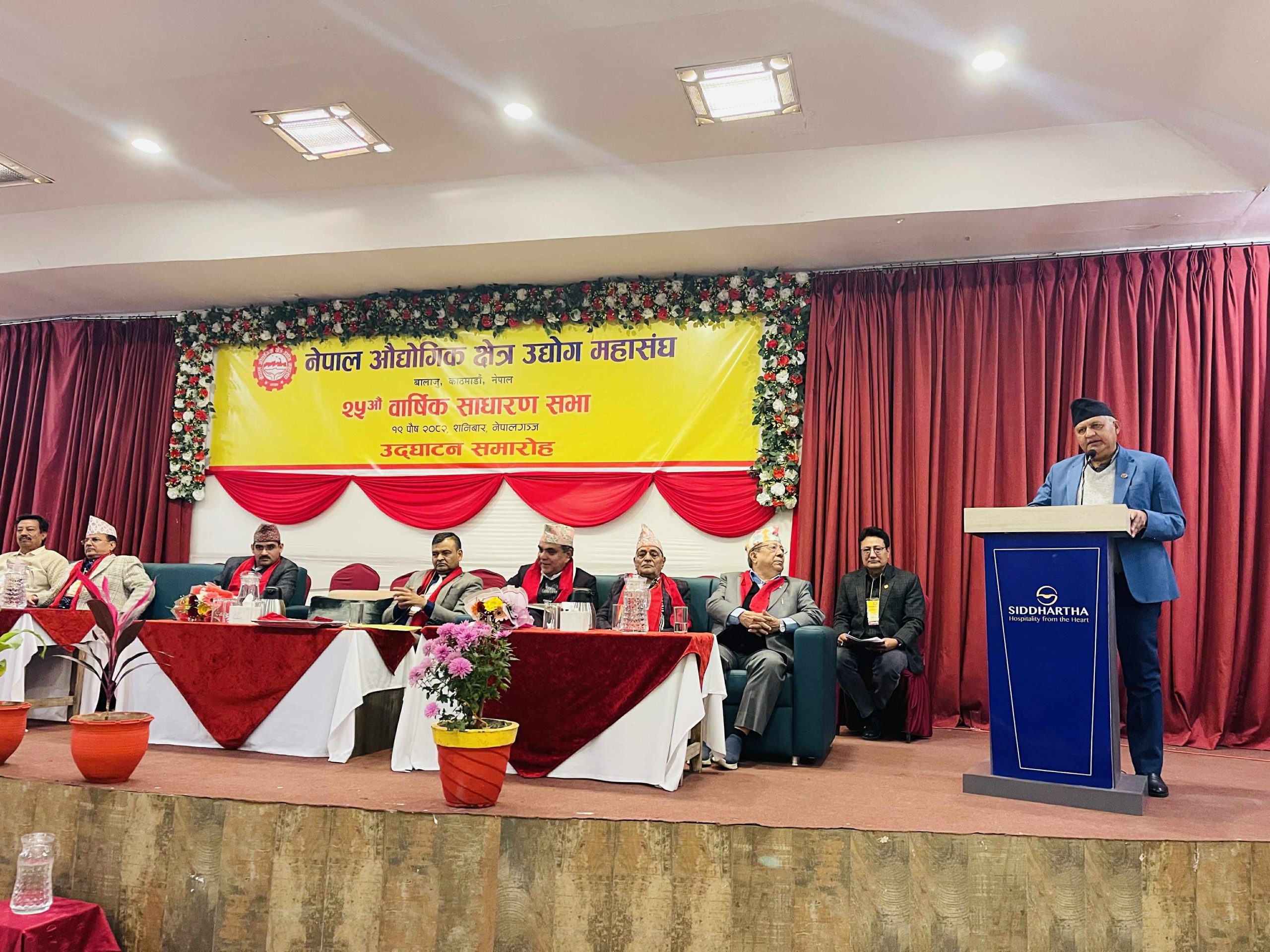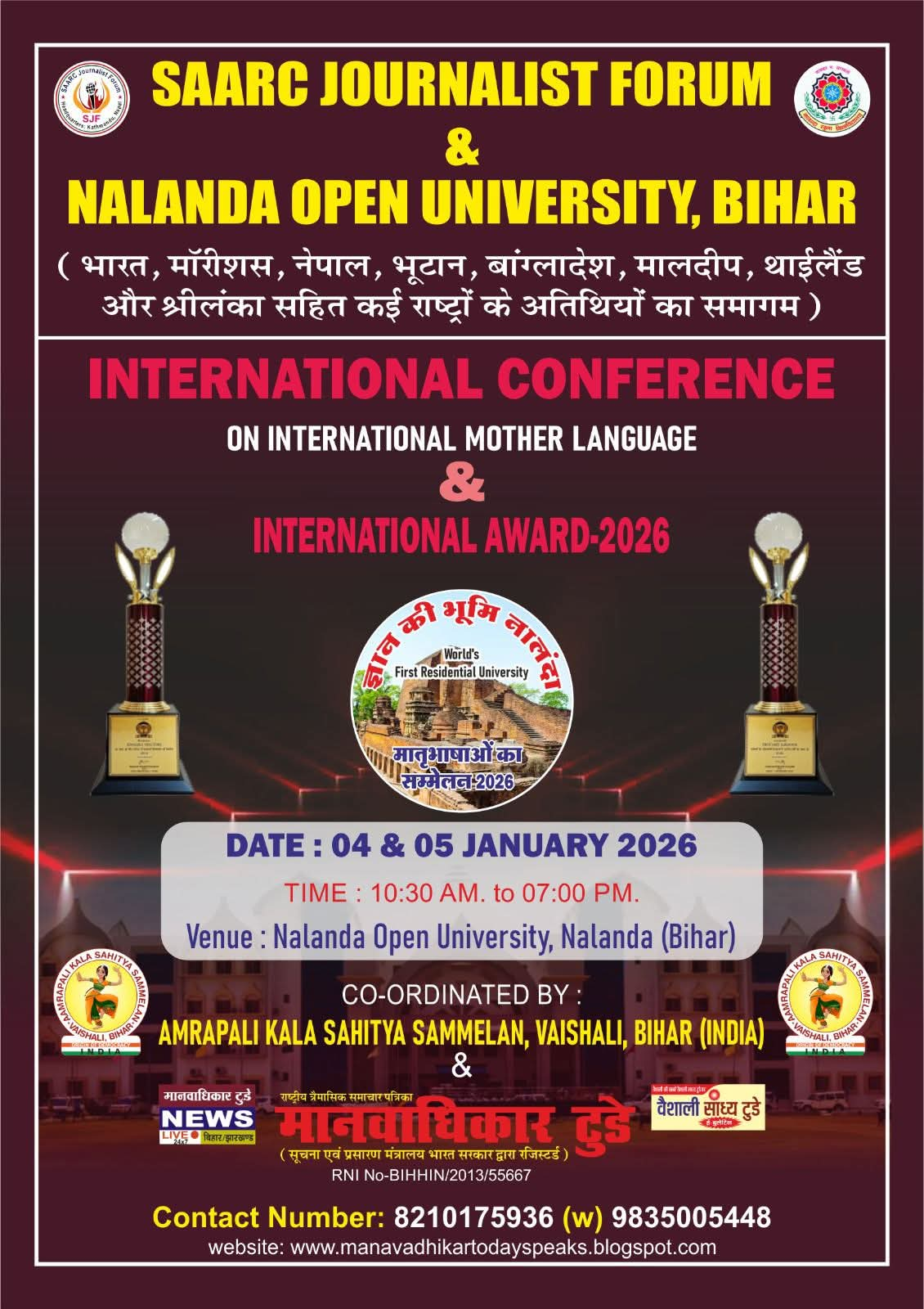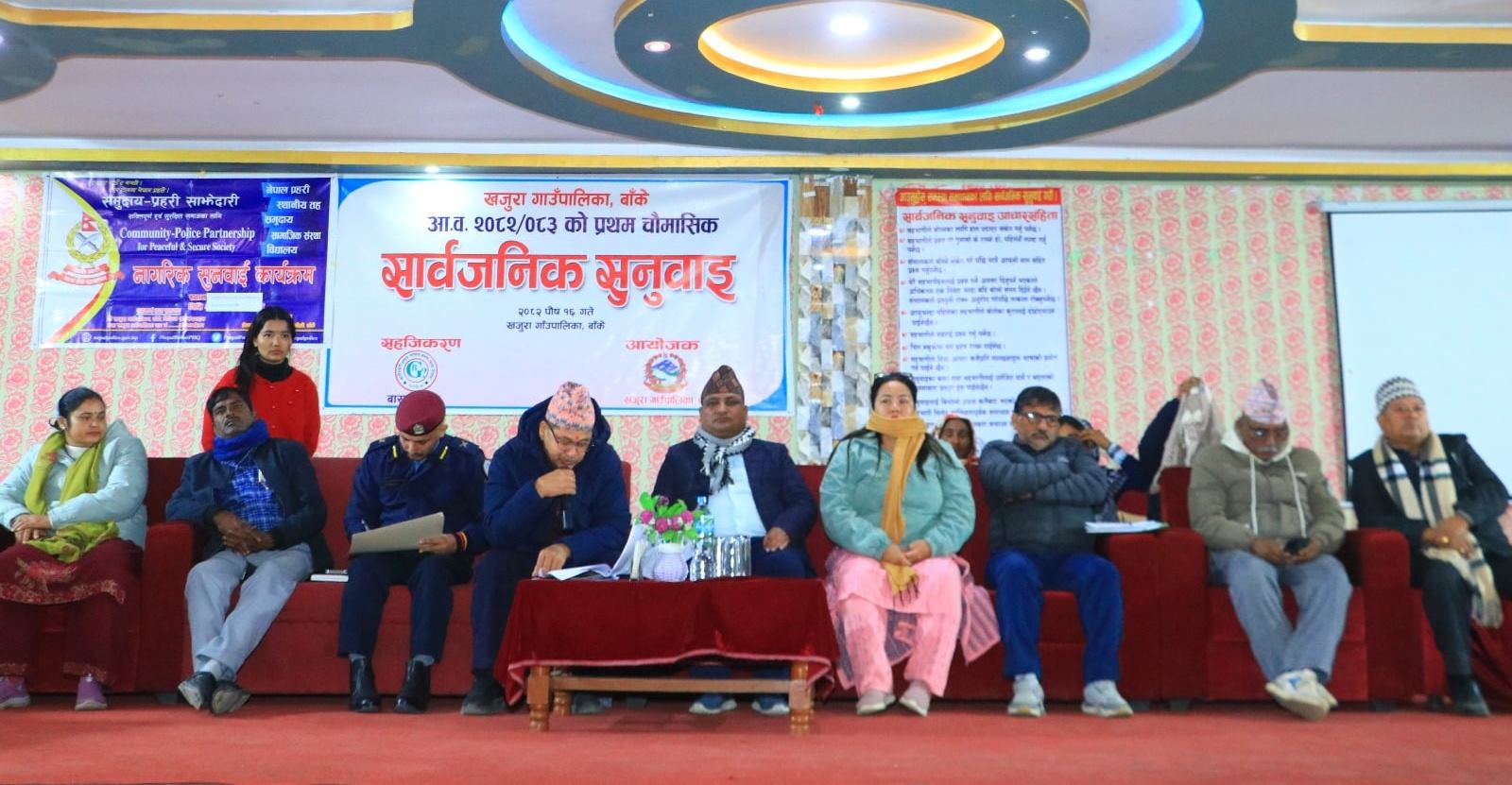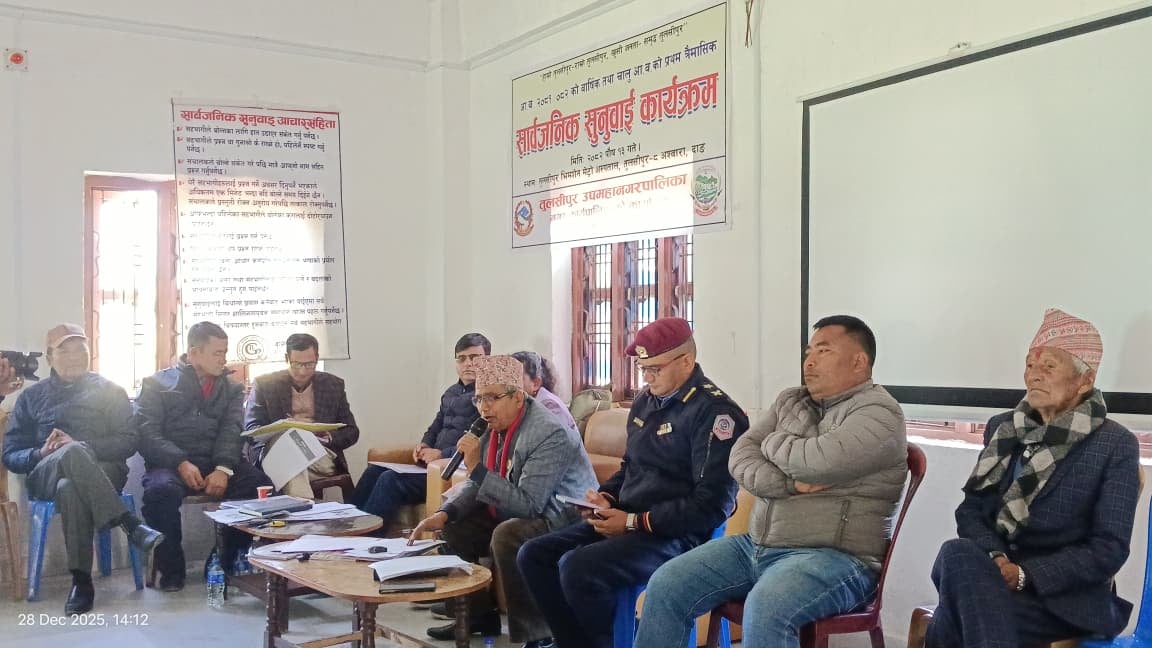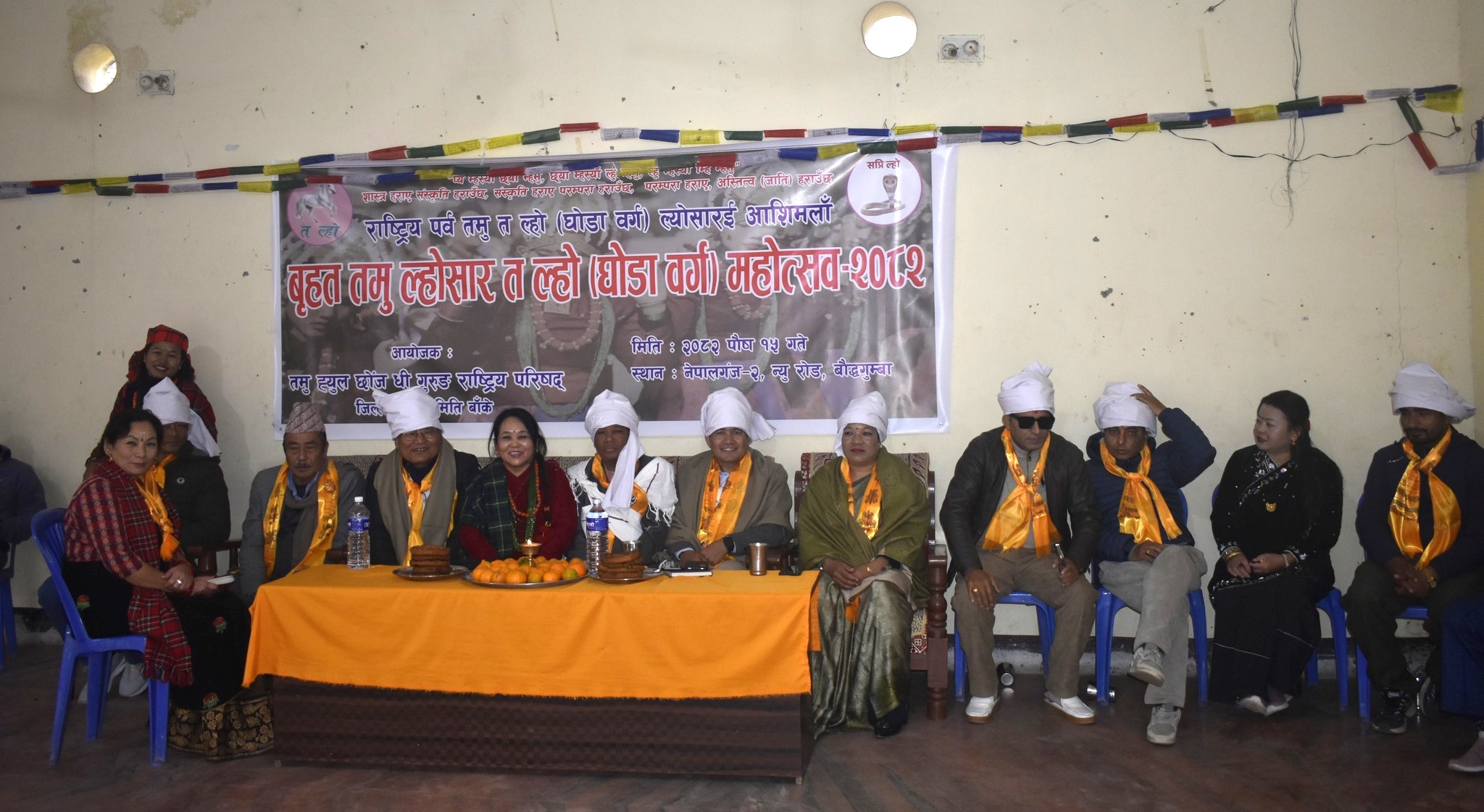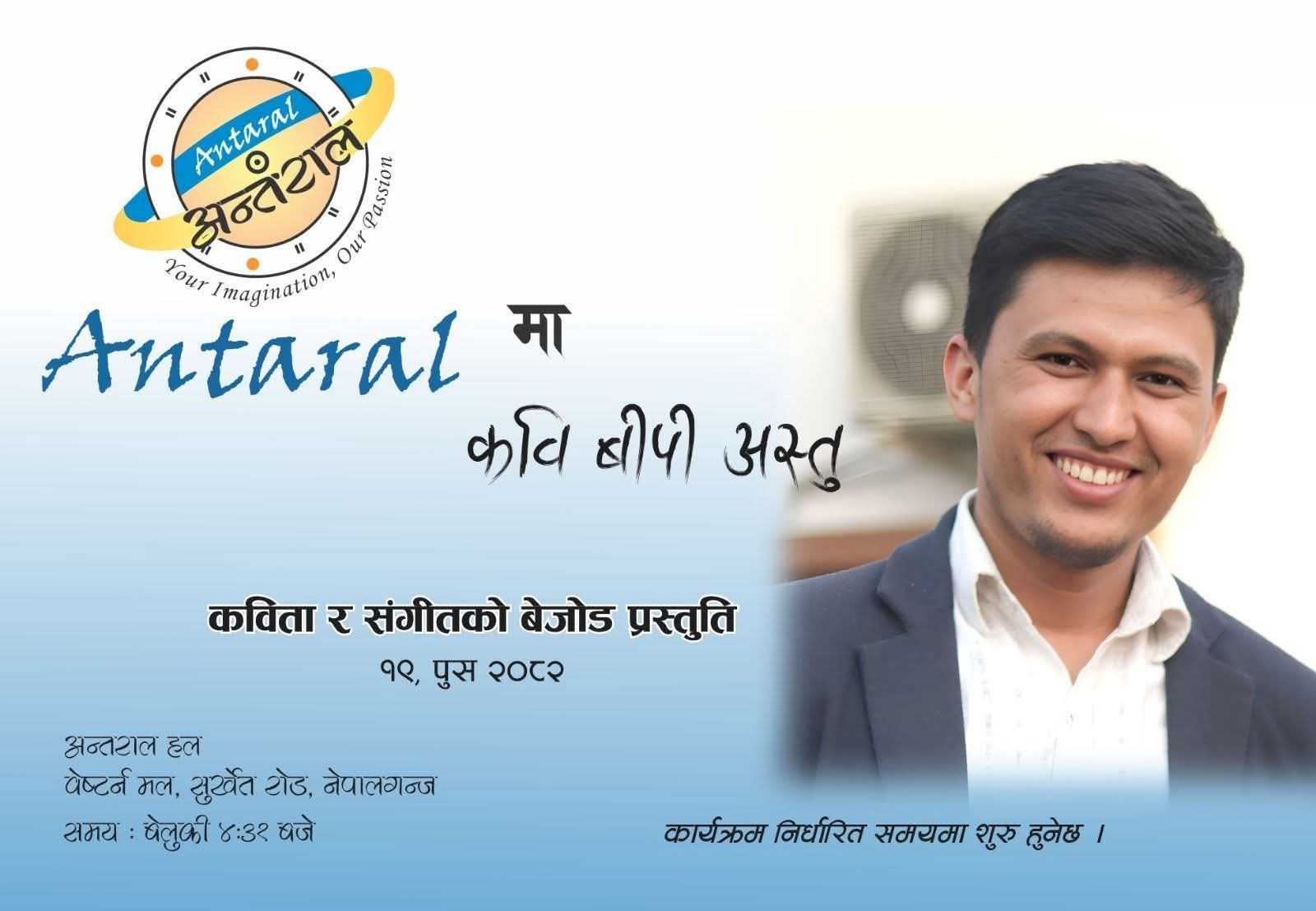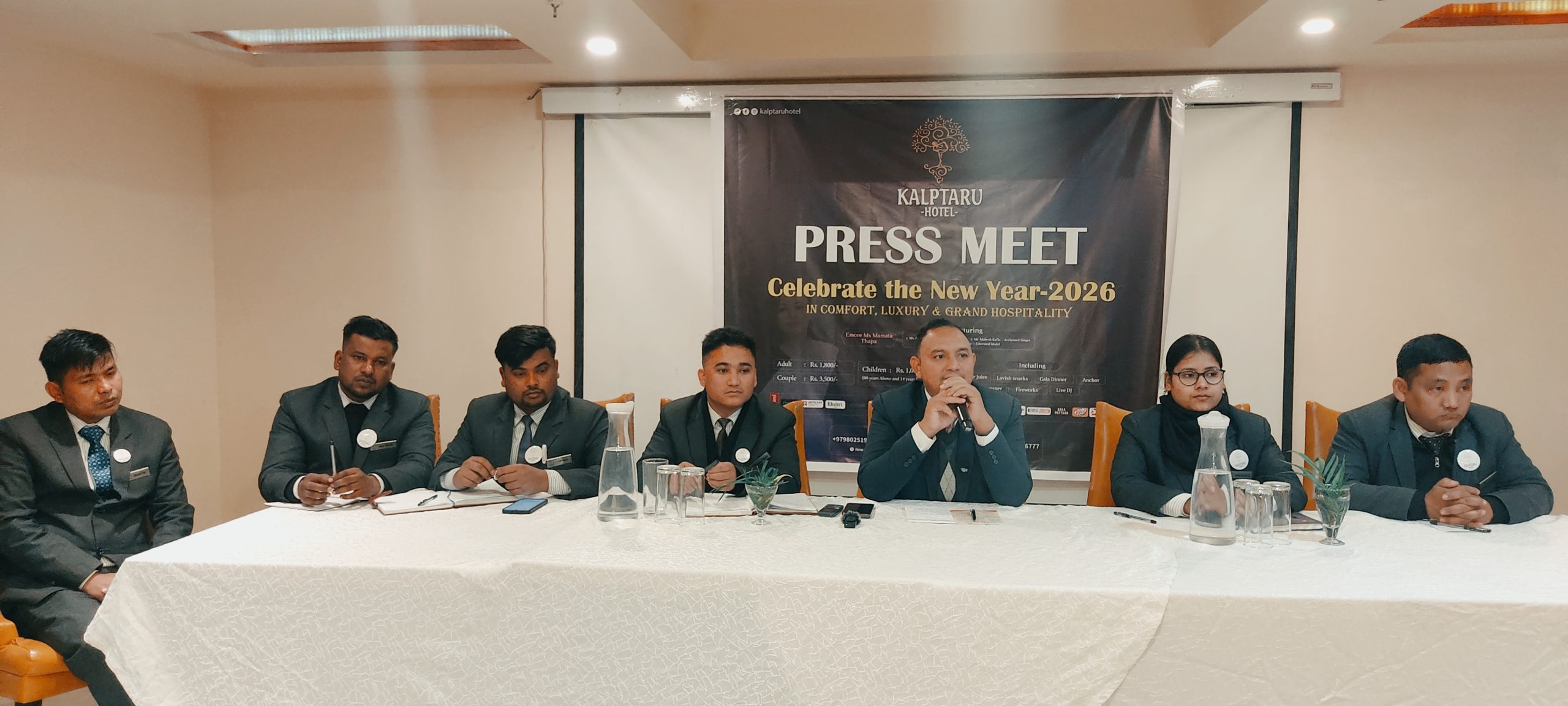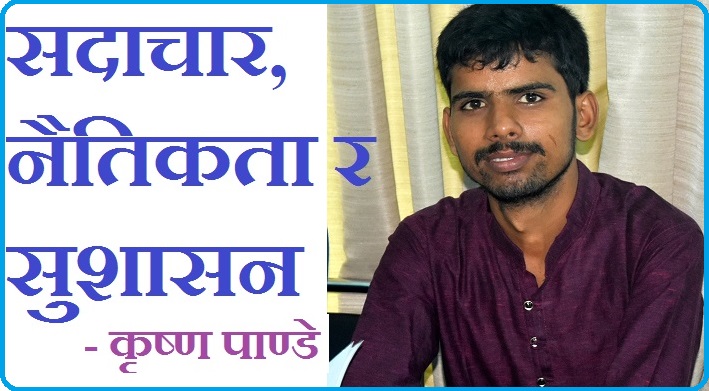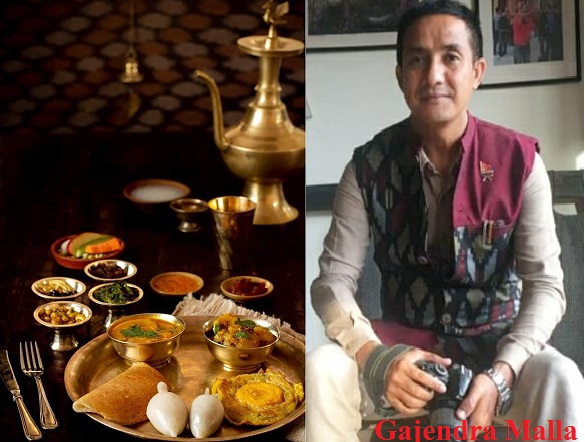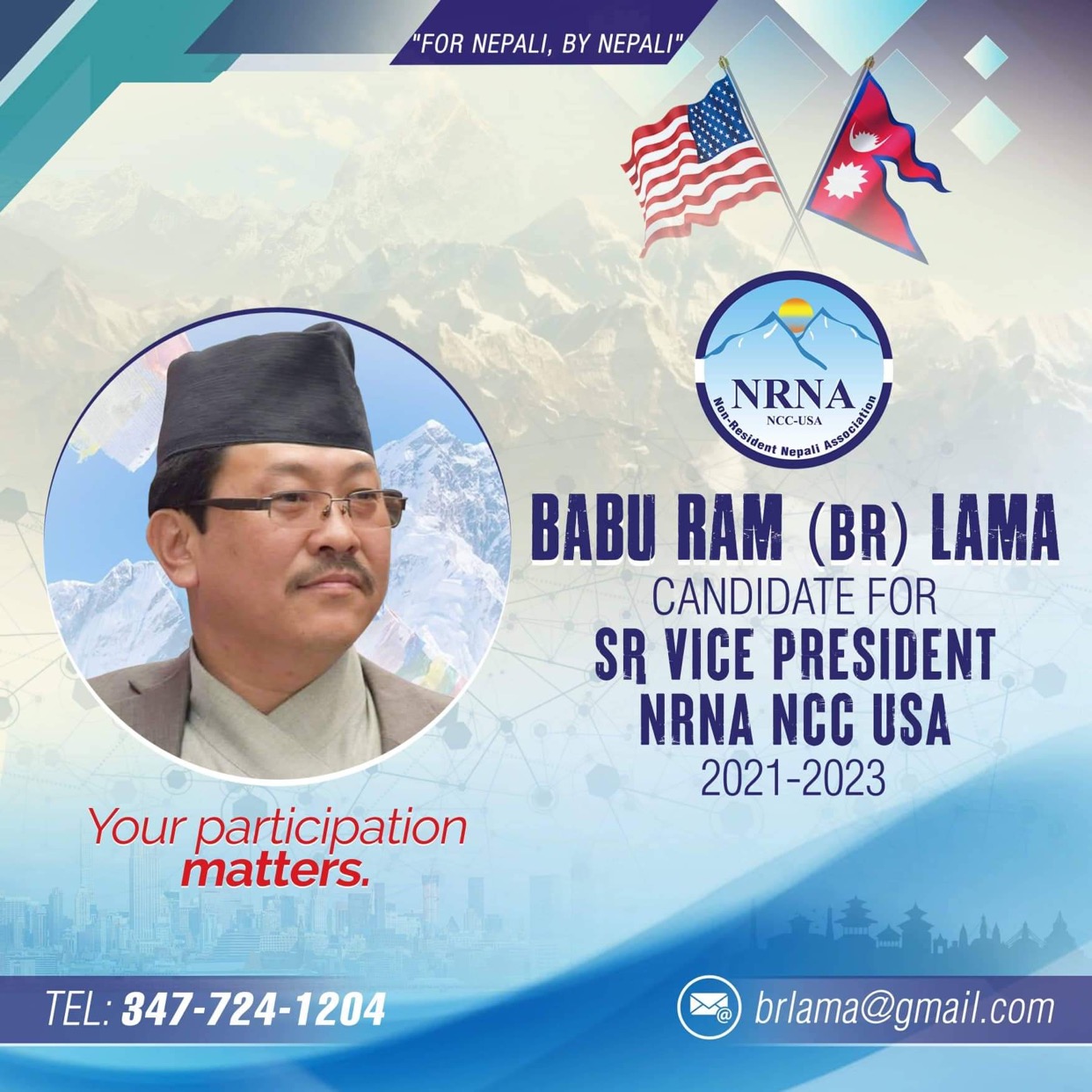
-Gajendra Malla
It’s winter time , everyone loves to have coffee but how much do you know about coffee ? Coffee is a very recognize beverage obtain through toast and grind the beans from the coffee plant named “cafeto”Coffee is a popular beverage enjoyed throughout the world , Coffee culture is ubiquitous in western societies. The coffee business and the coffee culture are growing rapidly throughout even in Nepal too . After crude oil coffee is the most sought -after commodity in the world .
It is still unknown today the real origin of coffee , the first users of coffee were not documented but rather to the realm of folklore.
The most popular of these stories is that of kaldi an Ethiopian Goat-herd ,who notice that this goats , upon eating berries from certain tree , became so spirited that they did not want to sleep at night .kaldi dutifully reported his finding to the abbot of the local monastery who made a drink with the Berries and discovered that it kept alert for the long hours of evening prayer. Soon the abbot shared his discovery with the other monks at the monastery and ever so slowly knowledge of the energizing effects of the berries began to spread .
A cup of coffee is an ice breaker , coffee is truly huge part of the global economy .
” coffee – the favorite drink of the civilized world – Thomas Jefferson
As demand for the beverage continued to spread , there was fierce competition to cultivate coffee outside of Arabia .
Origin -introduction of coffee in Nepal by the monk named Hira Giri of Aanpchaur Gulmi in 1938 AD . The Crop remained unnoticed until 1970 AD. By late 70 expansion of coffee as commercial crop to some extend took place after the government of Nepal imported coffee seeds from India for distribution to farmers . Major coffee production took place in mid-80s when coffee producers were able to sell coffee after establishment of Nepal coffee company in Rupandehi.The Coffee cooperative Union Lalitpur annually exports roughly 80% of the coffee produce as green beans to GEPA fair Trade company in Germany . The remaining 20 % is roasted ground and packed for sale in local markets .
I can see the emerging coffee culture in Nepal via social media .
Himalayan Java was established in the year 2000 initially located at Heritage Plaza in kamaldi one of the first cafe in Nepal . The Arabic word for “wine of the bean ” translate to Coffee . Himalayan Java has been recognized as a member of the Speciality Coffee Association of America . 2014 Highland beans coffee opened its first outlet at Bhaktapur . Kar.ma Coffee boutique in Gyan Mandala, Patan .
Barista word came from Italian language where barista was represented for the person who work as a bartender . With the development of coffee culture barista is known as a person who works in a espresso bar station and expert in a art of espresso.
Coffee beans are beans that have roasted and ready for brewing , espresso beans are a variety of coffee bean belonging to the dark roast category, at this stage the beans have less acidity and fuller flavor .
Types of coffee beans :
- Light roast. One example of this type of roast is cinnamon roast, which involves roasting coffee beans at 196 °C (385 °F), resulting in a grassy flavor, little sweetness, and sharp acidity. Another type of light roast is the New England roast, which heats the coffee beans at 205 °C (401 °F). The higher temperature brings complex acidity, which opens up the natural origin flavor of the coffee beans.
- Medium roast. The body of the coffee starts to develop with a medium roast. It balances the acidity and origin flavor of the coffee beans with the roasted flavor and the body from roasting. It’s common in the USA with the famous American roast (210 °C or 410 °F) and the city roast (219 °C or 426 °F).
- Dark roast. The temperatures for dark roast are above 225 °C (437 °F). The coffee beans start to turn from green and brownish to black. With this type of roast, the origin flavor is barely noticeable. Almost none of the inherent flavor and aromas of the coffee beans are left. Espressos are usually dark roasts. The taste profile can be described as strong roast and full-bodied flavor with minimal acidity.
World coffee beans dominate world trade: Two types
Coffee arabica (referred to as Arabica), which constitutes 75% of production, and Coffee canephora (called Robusta). Coffees from the three main growing regions—Latin America, Southeast Asia, and Africa—have distinctively different flavor characteristics.
- Arabian coffee – This coffee is from the Coffea arabica species cultivated in Ethiopia and Yemen. It has multiple flavor layers with a highly complex aroma.
- Robusta coffee – This coffee is from the Coffea canephora species cultivated in Vietnam and Ethiopia. It is usually used in manufacturing instant coffee mix and low-grade coffee blends. It has distinct chocolate notes. The caffeine is double that of Arabica coffee.
- Liberica coffee – his coffee is from the Coffea arnoldiana De Wild species cultivated in the Philippines. It has a “woody” flavor with a nutty and smoky aroma.
Decaffeinated coffee is made by extracting the caffeine from the green beans with either water and activated carbon, a solvent such as methylene chloride or ethyl acetate, or supercritical carbon dioxide. The coffee is later dried, roasted, blended, and so on.
When you test the coffee, you can also recognize the basic characteristics and to identify the flavor and quality of each.
The taste and smell are merely associate to the personal preference with the tints of acidity and sweetness, the toasting of the coffee beans, and if it have some extra something on it.
The body usually feels in the mouth and the best advice to evaluate and catalog the coffee is to take a medium sip, rest it in the tongue and feel the impression of texture and weight. The acidity is a desired taste in coffee and a bitterness make it good quality coffee.
The acidity on a cup of coffee isn’t based on the PH, is a function in the palate that helps to indicates the vivid and splendorous of a taste.
A coffee without acidity is plane and weak.
After this brief lesson, each cup would be a new experience and a chance to discover something new.
Parameters Used in Coffee Testing
- Aroma – The olfactory or sense of smell is related to the sense of taste, which enhances coffee flavor upon the first smell. It’s a good practice taking a moment to put your nose and get a good whiff of the aromatic-rich flavor of coffee before you sip. You’d be surprised by the full range of aromas available, including nutty, spicy, fruit, caramel, and smoky.
- Body – This is the measure of a coffee’s texture or how the flavor settles in your tongue and throat from the first gulp. The body is usually described as heavy bodied (viscous and thick) or light bodied (less viscous).
- Acidity – The acidity refers to the dry and sparkling sensation, giving coffee its unique taste. It is a distinguishing factor associated with high-quality coffee beans that are usually grown at higher elevations. It can be described as a fruit-like flavor (malic acid) or citric acid level of acidity found in Arabica coffee. Coffee beans that were brewed or roasted a long time ago usually have high levels of quinic acid.
- Flavor – The flavor pertains to the taste of the coffee. The primary flavors include sweet, roasted, floral, spices, fruity, nutty (cocoa), green (vegetative), sour (fermented), and skunky.
Nepalgunj some cafe they sell Coffee :
# S Cafe
# Restro Cup
# Steaming Cafe
# Siena Cafe chopps and hopps
# Blue Mimosa cafe and Funkey Delight
-Principal
Vintage College of Hotel & Tourism Management , Nepalgunj -10 Adarshnagar
Barista – 75th Batch of Himalayan Java Barista Coffee School , Kathmandu

